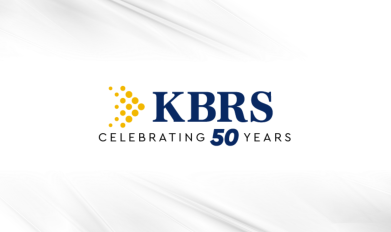So, what do you say after you say “hello”? The 30 second summary, often referred to as “the elevator speech” is a simple concept; it’s how you present yourself to others in 30 seconds, whether it is a person with whom you are networking, or perhaps an old friend who you actually do meet in the elevator!
Although simple in concept, as a Career Consultant, I know that crafting that perfect elevator speech is not so simple. Most people experience some degree of difficulty in deciding what information to include in their summary, and many are fearful about their ability to deliver their summary in a smooth, conversational tone. Although 30 seconds does not seem like a long time, think about watching a 30 second commercial on television and you’ll realize, you can convey a tremendous amount of information in 30 seconds! And, just as some commercials are engaging and others fall far short of making a successful sales pitch, so too can your summary, meaning the difference between hitting the mark or being politely (usually), but quickly dismissed.
First and foremost, your 30 second summary must be compelling and leave the listener wanting more. Crafting your summary is like painting a picture – the more vivid the picture you can paint using language that is interesting and concise, the more likely the listener will engage.
So, what should you include in your elevator speech? As with any communication, it is important to understand your audience so that you can be very deliberate in what you say. For example, when speaking with a specific contact or employer you've targeted, be sure to research the organization and incorporate that knowledge into your speech. Creating your summary forces you to think about what it is you do, why you do it and how you feel about it.
In general, the main elements of your summary should include the following:
- This is what I do (type of work)
- Most recently I did/was with (role, title, organization)
- I would like to be doing…
- This is how I believe I can add value to your organization (your value proposition or competitive advantage - what unique knowledge, skills, experience do you have to offer that sets you apart?)
So, what about delivery? When developing your 30 second summary consider the following:
- It is important to make your summary sound effortless, conversational, and natural. The points you decide to include about yourself and your experience must feel comfortable for you to share with others and most importantly, the information that you highlight must be truthful!
- To reach the point where you are perfectly comfortable starts with pen and paper. Write and rewrite your summary, sharpening its focus and eliminating unnecessary words and awkward constructions. Remember, it is a conversation – write it like you’ll say it.
- To perfect that conversational tone, you must practice your elevator speech. You should know your speech well enough so that you express your key points without sounding as though the speech was memorized. Make it a natural part of you. Start by reading it out loud. Gauge how you feel about saying the words. Rewrite it and say it again. And on it goes until you are feeling good about the content and the sound of your summary.
- Once you are happy with the content and the sound, rehearse your summary keeping these important points in mind: Breathe; Make eye contact; Use a firm voice; Slow down; Be concise; Show your energy/passion; Be friendly; Exude confidence. And most importantly, smile.
When all is said and done, your aim is to strike up a conversation and keep it going so that your audience does want to hear more. So much more in fact, that it becomes blatantly obvious that your talents and the needs of your audience are a perfect match!






